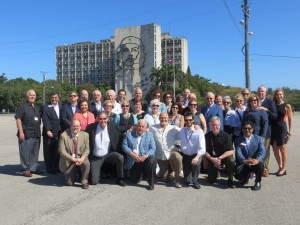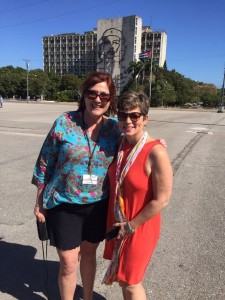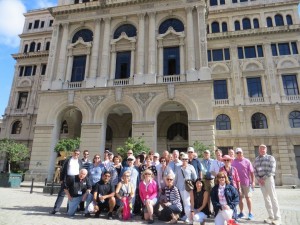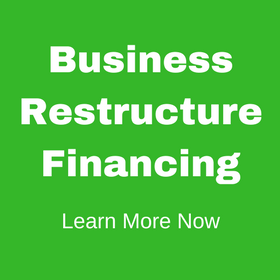In light of President Obama’s historic visit to Cuba this week, I wanted to weigh in with some of my own impressions of this island country. I visited Cuba earlier this month with a group from the University of Tampa, through its Global Access Partnership. This educational travel program is designed to provide a platform for UT’s community partners to experience the nuances of global markets and cultures firsthand so that we can confidently navigate the global business landscape.

While Cuban officials and some American politicians may be less ecstatic about the end of 55 years of political and economic estrangement, the Cubans are not. During our six-day trip, every Cuban I met was pro-American and welcomed the much anticipated influx of Americans and our money to their gorgeous wreck of an island.
Cuban Government & Infrastructure Today

Despite Cuba’s breathtaking beauty, its hospitable people, stunning architectural heritage, miles of white sand beaches, vast, unspoiled countryside, picturesque mountain villages, and relative safety, the island’s tourism infrastructure – its hotels, roads, sewers, water and electricity – are woefully primitive. Cell phone service is spotty for the two carriers currently allowed in the country and despite advertisement of internet hot spots – actual internet usage is extremely limited. Infrastructure investment accounted for 1.6% of the country’s GDP. Although the literacy rate is among the highest in all of Latin and South America, internet use is estimated at 30%. The country is a dichotomy; much has been done to promote Cuban art and artists within the country and abroad. Havana has among the hemisphere’s largest stock of neoclassical and grand colonial structures with their open central courtyards surrounded by covered walkways. Yet there are no classes or studies in urban planning at the universities and most of these buildings are in terrible disrepair.
Jobs in Cuba
Students with the highest grades and test scores may choose to study at the plethora of universities around the country. However, those studies will lead to jobs making $25 per month to potentially $50 for medical doctors. The highest paid workers are those associated with the tourists: the restaurant owners and workers, hotel bellman and maids, tour guides and taxi drivers. Many young people try to leave, as the population of 11 million has remained relatively unchanged and the average age of Cuba’s citizens has risen to almost 40.
Yet there remains a buzz about Cuba. Perhaps because we here in Florida are geographically so close to the country. Maybe because we know so many people with family and ties to the country. Or maybe a wave of nostalgia sweeps over us, as we think about the stories, pictures and people who remember Havana in the 1950’s, with glamorous hotels, casinos and those 1950’s cars.
The Rise and Fall of Castro and Communism
Castro seized control in 1959, and pledged a platform of reform and equality for all. Yes, the prior leader was corrupt, but in 1958 Cuba had a higher per capita income than much of Europe. And Cubans were free to read and think and leave the country whenever they wanted with their property. More Cubans vacationed in American in 1955 than Americans vacationed in Cuba. But today most Cubans are short of everything: vegetables, toothpaste, hair dye, paint, soap, spices and fish and meat. Since citizens are not permitted to own boats, there are relatively few fishermen on the island. Productivity in the country is among the lowest in the hemisphere. Labor is concentrated in sectors of low productivity. Agriculture represents 4% of GDP yet 25% of the people work in the fields and farms. Though the Cuban government tries to muzzle free expression, ordinary Cubans complain about the regime’s mismanagement of the economy, its endemic corruption, and its mania for control, which result in crushing restrictions on Cuba’s strong entrepreneurial spirit.

Restructuring labor markets with more than 14% of public employment shifted to the private sector and more happening each year. Lessening the ministries and state owned enterprises is occurring, but very slowly. Joint ventures started with foreign owned entities with more ownership going to the foreign owned in an effort to get them to invest in the country. The Cuban government released a portfolio of opportunities for foreign investment in projects each year the last several years but transfer is slow.
The Future of Cuba
The government is trying to create more innovation. But it’s so far behind in IT and the current needs of country. There are no urban planning majors in the universities and very little business classes or curriculum. Curriculum is set by the university administration without regard to need.
The debate will continue about whether the US lifts its embargo or not. Despite the opportunity for years of other foreign investment, the country remains and will remain stagnant without us. Free enterprise is their way out.








